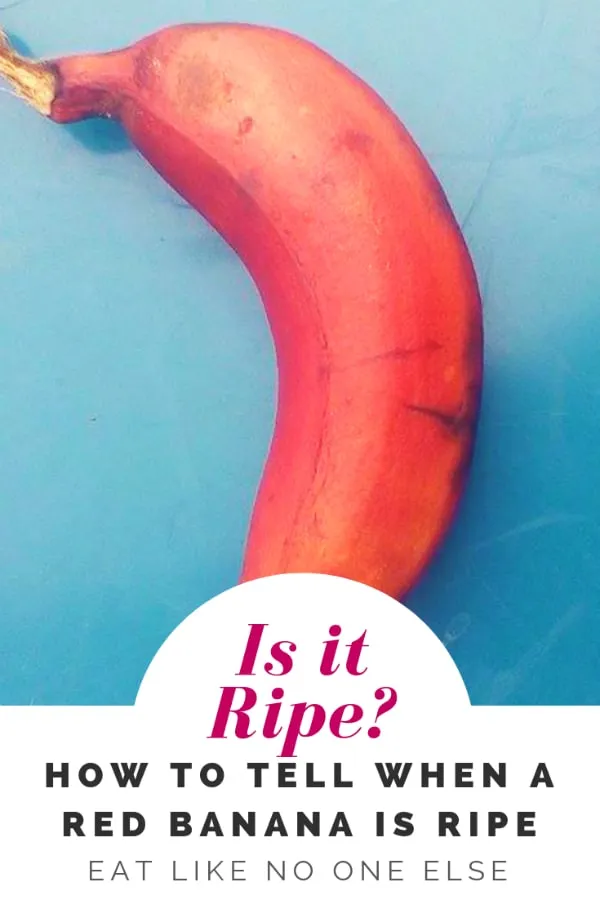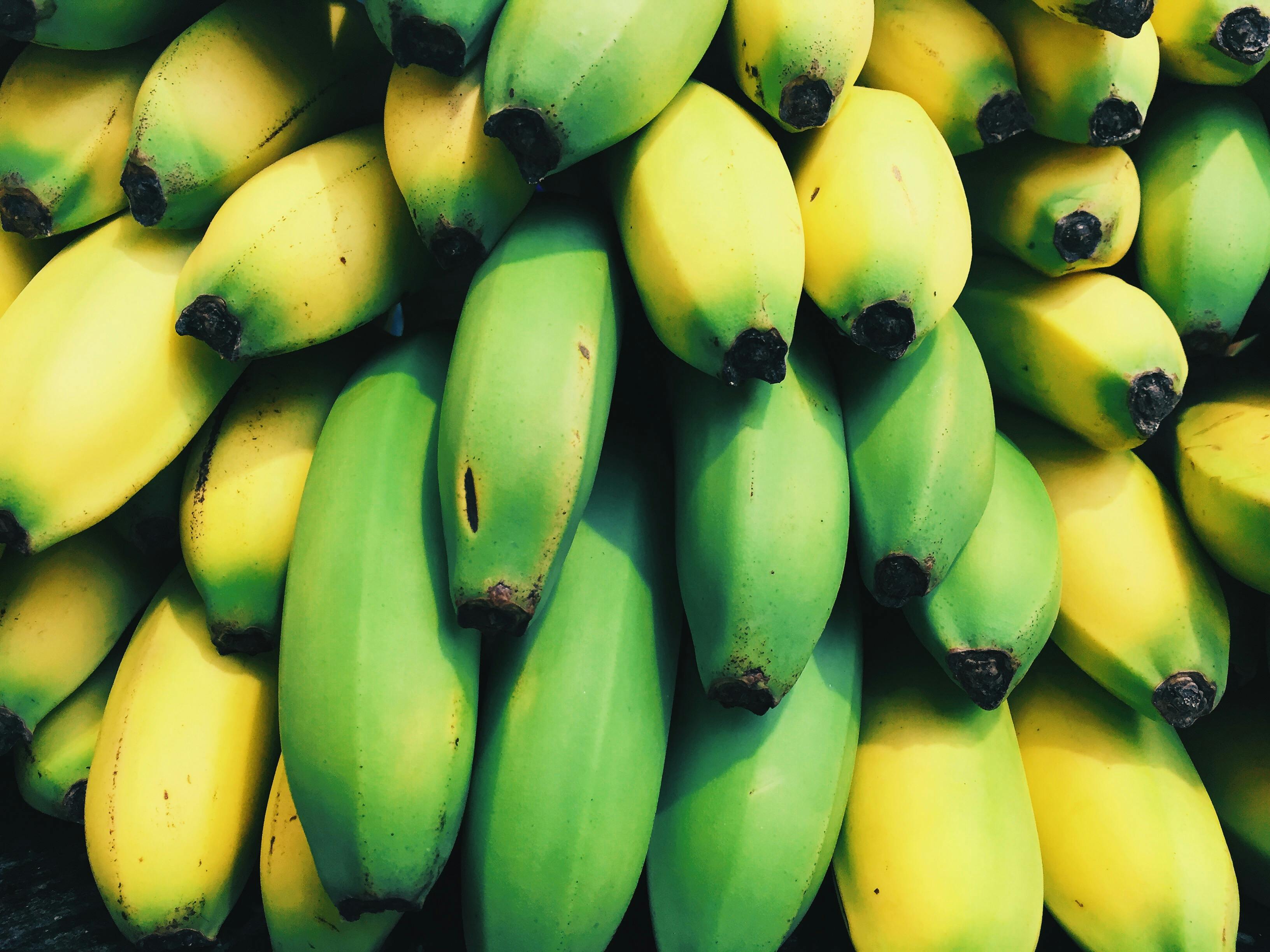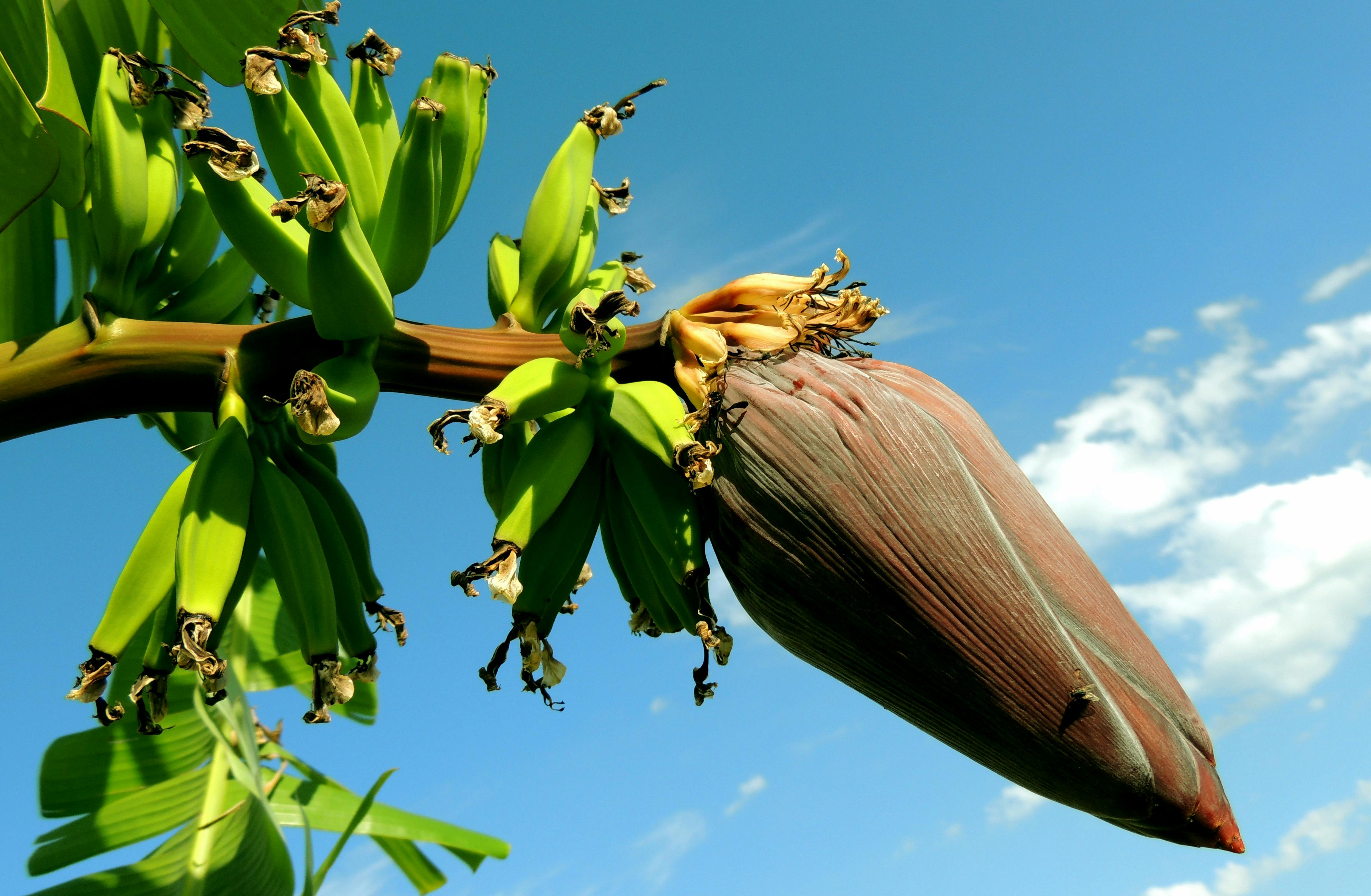Unlocking the Mystery of Red Bananas: How to Tell When They’re Ripe and Ready to Eat
Are you a banana enthusiast, always on the quest for something new and delicious? If so, you might have encountered a mysterious and alluring fruit: the red banana. These bananas are different from the familiar yellow ones we all know, and with their unique flavor, texture, and nutritional value, they are worth exploring.

But how do you know when red bananas are ripe and ready to eat? In this article, we will delve into the stages of ripening of red bananas and reveal the secrets of recognizing when they are at their peak. We will also discuss what you can do with ripe red bananas, so you won’t miss the opportunity to taste this delectable fruit at its best.
So sit tight to learn more about the fascinating world of red bananas, whether you’re a seasoned banana connoisseur or just getting started!
What are red bananas, and how are they different from yellow bananas?

Bananas are a popular fruit known for their sweet taste and nutritional benefits. While most people are familiar with the traditional yellow banana, there is another type that is less well-known but equally delicious – the red banana.
Red bananas are smaller than regular bananas and have a distinctive reddish-purple skin when ripe. They also have a sweeter taste than their yellow counterparts, with a hint of raspberry or strawberry flavor.
One of the key differences between red and yellow bananas is their nutritional content. Red bananas contain higher levels of vitamin C and beta-carotene, which are important for maintaining healthy skin and boosting immunity. They also have more antioxidants than yellow bananas, which can help protect against chronic diseases such as cancer and heart disease.
Another difference between red and yellow bananas is their texture. Red bananas tend to be softer and creamier than regular bananas, with a smoother texture that makes them ideal for using in smoothies or baking recipes.
Overall, while both types of banana offer similar health benefits, they each have unique characteristics that make them worth trying. So next time you’re at the grocery store or farmer’s market, consider picking up some red bananas to add some variety to your fruit basket!
The stages of ripening for Red Bananas.
The stages of ripening for red bananas are a fascinating and complex process. Unlike their yellow counterparts, red bananas go through several distinct phases before they are fully ripe and ready to eat.
The first stage is known as the green stage, where the bananas are still firm and have a bright green color. At this point, the fruit is not yet ready to be eaten and can be quite hard on your teeth.
As the fruit begins to mature, it enters the yellow stage. The skin of the banana will start to turn a pale yellow color, while the flesh inside will begin to soften slightly. This is when most people prefer to eat their red bananas as they begin to develop their sweet flavor.
Next comes the spotted stage, where brown spots start appearing on the skin of the banana. Although some may find this unappetizing at first glance, these spots indicate that natural sugars in banana have started developing which enhances its sweetness further.
Finally comes full ripeness – when those spots turn into deep brown patches all over it’s skin indicating that it’s time for consumption! At this point in time, you might notice that your Red Banana has become softer than usual which indicates that now it’s fully ripe.

Understanding each of these stages is important for anyone looking to learn more about red bananas or just interested in consuming them at optimal quality levels!
How do you tell when a red banana is ripe?
When it comes to the lesser-known varieties of bananas, such as the red banana, determining their ripeness can be a bit tricky. However, there are a few key indicators that can help you determine when your red bananas are ready to eat.
First and foremost, pay attention to the color of the peel. As red bananas ripen, their skin will turn from green to yellow-orange with reddish-purple blotches. The deeper and more vibrant these colors become, the riper your banana will be.
Another tell-tale sign of ripeness is texture. When squeezed gently with your fingertips, a ripe red banana should feel slightly soft and yield easily under pressure. If it feels too firm or too mushy, then it’s not quite ready yet.
Lastly, don’t forget about smell! A ripe red banana should give off a sweet tropical aroma that’s hard to miss. If you’re having trouble discerning whether or not your banana is ripe based on visual cues alone, take a whiff and let your nose guide you.
By keeping these tips in mind and practicing patience when waiting for your red bananas to ripen fully (which can take anywhere from 2-5 days), you’ll be able to enjoy their unique flavor profile and nutritional benefits at their peak level of quality.

What should I do with ripe red bananas?
Ripe red bananas, a delicious and nutritious fruit that often gets overlooked in favor of its yellow counterpart. But fear not, for there are plenty of ways to enjoy these sweet and flavorful fruits.
One option is to simply eat them as is, either on their own or sliced over oatmeal or yogurt. They can also be used in smoothies or baked goods for an extra burst of flavor. For a more savory option, try grilling them with some spices for a unique twist on a traditional side dish.
But the possibilities don’t stop there – ripe red bananas can also be used in skincare and haircare routines. The high levels of antioxidants and vitamins make them great for nourishing and rejuvenating the skin and hair. Simply mash up a ripe banana with some honey or coconut oil for an all-natural face mask or hair treatment.
So next time you come across some ripe red bananas, don’t hesitate to get creative with how you use them – whether it’s in the kitchen or your beauty routine!
Check out our other articles to find out even more about banana.
Learning about the different stages of ripeness for red bananas can be helpful in making sure you get the perfect banana every time. With this knowledge, you won’t have to worry about picking out an unripe or over-ripe banana ever again! Make sure to check out our other articles to find out even more about bananas and their benefits.















